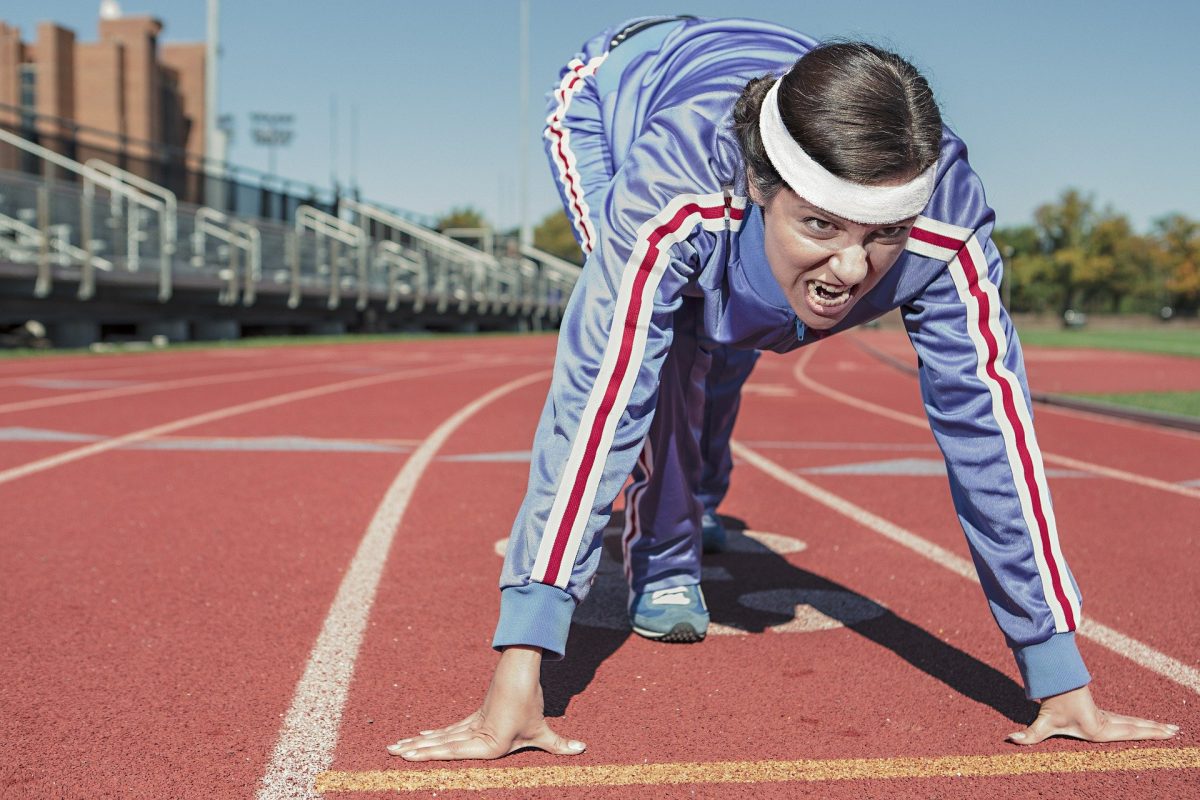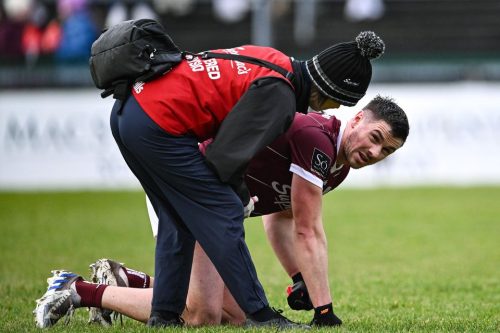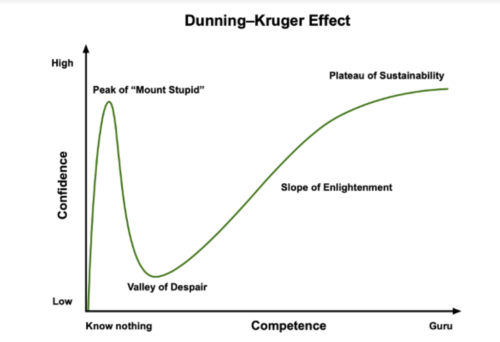
Kaizen in Everything. But Why?
“The only true test of intelligence is if you get what you want out of life.” – Naval Ravikant
“Ah sure I’ve been tipping away”.
It’s a wonderfully agricultural response, that evokes connotations of older adults, up and down the country, getting their daily dose of physical activity in. In Ireland, it usually follows a question that might not often even be a question. “You’re looking well”, “A fair set of arms on yerself”, “I haven’t seen you this fit since we were set dancing back in 1992!”.
The telling fact about this response and the connotations that surround it, is that it usually paints the picture of individuals that aren’t of this current generation. Our grandfathers, grandmothers, mothers and fathers seem to have been more aware of the importance of physical activity than the youth of today. They may not have been as readily aware of the scientific benefits of exercise and activity on the body, but they knew it to be an important part of a healthy lifestyle.
Nowadays, with the country moving closer and closer towards an americanized, metropolitan, comfortable and sedentary lifestyle, it seems even more than ever, we must be made aware of the dangers of inactivity and the benefits of getting up and moving around. The information is all there, easily accessible via the internet. Yet, I would say, if you asked a passerby in any urban quarter of Dublin, Limerick or Belfast, whether they were aware of WHO’s guidelines for physical activity, you’d receive a blank stare in response.
The World Health Organization (WHO) suggests that adults should be getting at least 150 minutes of moderate-intensity aerobic physical activity throughout the week. Or this may be substituted with 75 minutes of vigorous-intensity aerobic physical activity, if that takes your fancy.
However, this is just a starting point in order to avoid illness. If you actually want to be “well” (And not the kind of greeting thrown about North Tipperary), then this needs to be doubled to at least 300 mins of moderate, or 150 mins of vigorous-level activity. On top of this, at least 2 days of muscle-strengthening activity, such as resistance training, is recommended as well.
Now, to a sedentary person, this all sounds like a lot. To others, who class themselves as generally physically active, not a whole pile. But there still is an obesity epidemic in this country that places significant strain on the country’s healthcare resources. Why is that?
Well like any issue it’s multifactorial. However, much of it pertains to an ever-changing national diet, a serious alcohol problem, an absence of knowledge of the at-risk population in where to begin and a misunderstanding of exercise modalities and intensities by those that class themselves as “active”.

Due to the influence of social media, gyms, squat racks and bicep curls have seen a huge increase in popularity in the past number of years. Though this is definitely not a bad thing at all, it has meant that many of the general population have placed resistance training above endurance training at the top of their priorities list. Resistance training comes with many of the same health benefits of aerobic activity, but better than one or the other, would definitely be both.
Unfortunately, a deterrent for people to complete endurance activity, has been the readily available opinion of the gym-bros and social media influencers, that cardio will “kill your gains”. Although there is evidence that it may be more difficult to experience the same gains in strength and endurance when performing both types of exercise concurrently, this negates the fact that in these very same studies, groups that performed both modalities, still improved both qualities.
Yes, groups that performed only strength training, were the strongest and groups that performed only endurance training the most aerobically fit. However, groups that performed both still improved in each. Just not to the same extent as the groups that focused solely on developing one quality.
“SO YOU GET BETTER AT THE THINGS THAT YOU DO?!!!” Fuck me! Yes, of course.
“SO CARDIO WON’T KILL MY GAINS?!!!” No bro. To be honest you’re not even that strong anyway and a bit of improvement in your aerobic performance might even improve your capacity for strength training.

The next mistake made is that people misunderstand what is meant by moderate and vigorous physical activity. If we look at vigorous activity first, 75-150 minutes seems entirely reasonable right? But a lot of people would believe that that equates to just one or two gym sessions a week. Unfortunately, this is probably not the case.
You see, people typically overestimate how vigorous their gym sessions are. If we were to define how we measure the intensity of activity, then the simplest way would be to attribute intensity to heart rate or more specifically, a percentage of your max heart rate.
So this will obviously vary based on the age and health status of the individual. However, if we take the example of a healthy, male aged 20 years old, then their Max HR would be ~200bpm. If they were to complete an activity of vigorous intensity, they would need their HR to reach between 70-85% of it’s max and stay there. So that would equal 140-170bpm.
How many of us can safely say that we stay at that relative intensity during our sessions? We may reach a spike during our lifts, but that will always come down during our rest periods.
So with the increase in favoritism for resistance training in recent years, and the inability of many who perform such training to stay consistent with it, it becomes very apparent as to why this country is still suffering from a myriad of health-related and weight-related issues.
Now I am by no means saying that we should stop lifting weights. I love lifting and I truly believe that it can often solve a lot of problems for a lot of people. What I am saying is that oftentimes people could probably get away with doing less weight-training and become healthier by supplementing it with a little bit of endurance-based exercise. If they optimized their resistance training, getting the most gain for the least return, it would leave them more time to focus on improving their conditioning or other physical qualities.
What the occupants of the iron jungle have absolutely got right, is that they’ve found something that they wholeheartedly enjoy. As a result, their adherence to exercise and training has increased, and that is why they never leave the gym, and their health is in a far better place than those that are yet to take that first step.
You see there is no best type of training. The best type of training is the one that you enjoy the most. Because you enjoy it, you are more likely to do it. As a result, you become a lot more consistent with it. Consistency breeds results and leads to less sporadic bursts of commitment and subsequent feelings of guilt, when you’ve fallen off the wagon.
So whether it’s lifting weights, running, swimming, cycling, jiu-jitsu or bog-snorkelling, just try a few things and then settle on whichever one you enjoy the most. You can spend the majority of your training time in that pursuit, and then just supplement with another form of training that compliments it, even if it’s not as thoroughly enjoyable to you as the former.
“A lot of what you like and a little of what you need”
This brings us to the conundrum of progression within our given pursuit. Many make the mistake of thinking that more is always better. They think that the best amount is the most amount that they can tolerate. I’m afraid that if this principle held true, olympic athletes wouldn’t sleep, eat or take any time away from running around the track like an overheating broken Sonic the Hedgehog.
The “optimal” amount is also known as the minimal effective dose. This is the amount of work we do, for which we get the most gain, for the least amount of effort. So, when beginning, this dosage is going to be quite small. But as our body adapts to training, we must steadily progress the volume and/or intensity of the exercise we complete, in order to continue progressing.
This is the principle of progressive overload. In somewhat of a paradox, the whole goal of training is to be able to tolerate more training. The “more” is determined by either volume (amount) or intensity (load or speed of movement). The body is a dynamic organism and it will adapt to the stress that is placed upon it, provided it gets the necessary recovery. So, we don’t need to progress our training in huge spikes, but just do a little more than we did previously.
So, if you’re currently living a sedentary lifestyle and don’t know where to start, then that’s perfectly fine. Maybe 150 mins of exercise seems unattainable to you at the moment and maybe it is. The most important thing is that you START. That is the first and most important step. If you don’t know where to start then ask someone. You’d be surprised how many people are willing to help. Don’t be afraid of judgement. At the end of the day, we’re all just figuring it out as we go along.

“The only true test of intelligence is if you get what you want out of life.” – Naval Ravikant

So, we can see that when it comes to our training, a certain volume of work when paired with adequate recovery is positive for our development, but if that same intensity of work is mismanaged and spiked, then the same exercise intensity can be toxic to the athlete.

Unfortunately, it takes a fall from the peak of mount stupid, on top of the Dunning-Kruger curve, for many of these lessons to land home.
Here to help you achieve your health and performance goals.
At Petey Performance, I’ll assist you every step of the way. What’s stopping you?
Take ownership today.
© 2021 All Rights Reserved
Subscribe to Petey Performance and get updates on new posts plus more exlusive content.